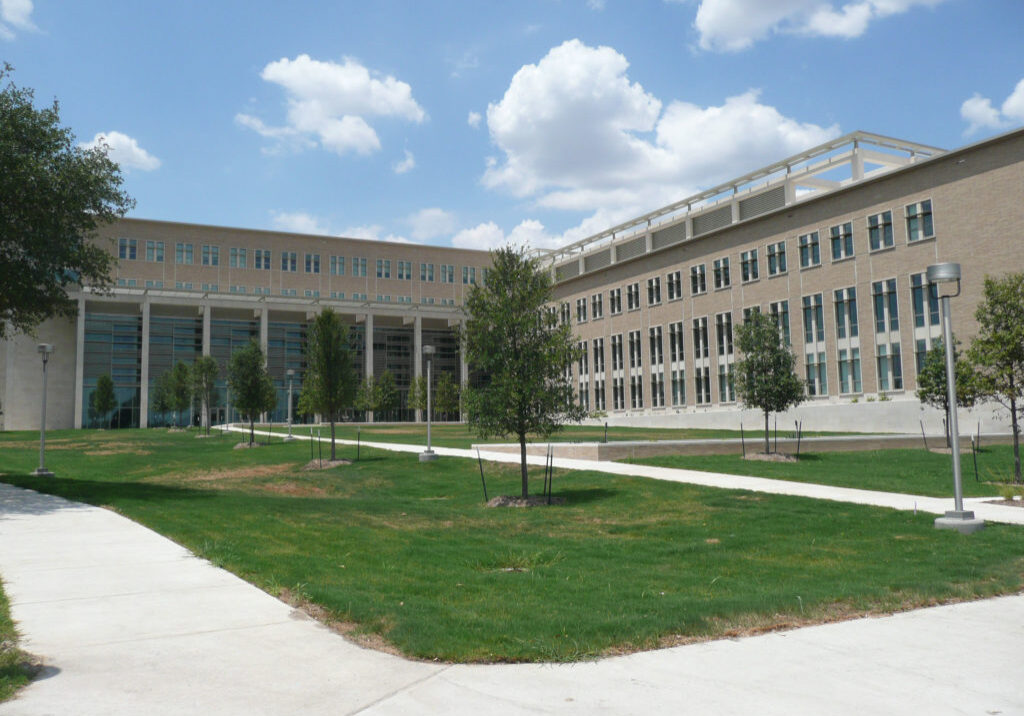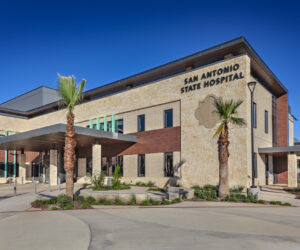Emerging Technology and Economic Development Building (ETED)
Texas A&M University

Shah Smith & Associates, Inc. provided the mechanical, electrical, and plumbing design engineering for the 231,000 SF Emerging Technology and Economic Development Building.
The building, which is LEED Silver Certified, houses the departments of Biomedical Engineering and Industrial Engineering. These departments were previously located in several buildings located across the campus.
The Biomedical Engineering Department consisted of undergraduate laboratories, faculty research laboratories, tissue culture rooms, bio fab labs, and imaging suites. These laboratories include areas for biomedical sensing and imaging, biomedical optics, cardiovascular biomechanics, and biomaterials. In addition, there are department faculty offices and conference rooms.
Some of the research labs include areas of nanotechnology covering the design, synthesis, characterization, and application of materials, and devices on the nanoscale, as well as in computational nanoscience. The Industrial Engineering Department consists of equipment-based research labs, computational labs, faculty offices, and conference spaces. In addition, there is 20,000 SF of classroom space.
Texas A&M Optical Biosensing Laboratory (OBSL)
The primary research interests of the OBSL include the use of optics and fiber optics for medical diagnostics and biosensing. Macro-scale to nano-scale biomedical sensors are developed. Some of the research applications include development of innovative, noninvasive, and minimally invasive ways to test blood sugar levels in diabetes, to detect other body chemicals such as beta amyloid for Alzheimer’s disease, to detect analytes in cell culture and within cells, and to diagnose cancer. The research within the laboratory is multidisciplinary and involves several investigators from across the world including medical doctors, the life science faculty, faculty from other engineering disciplines, national laboratory staff, and industry personnel.
Nanomaterials and Biophotonics Laboratory
The laboratory focuses on both the design and synthesis of nanostructured materials as well as novel optical techniques for biomedical imaging and sensing. Wet chemistry techniques are utilized to produce colloidal nanoparticles for use in spectral regions ranging from the visible to the microwave. Examples of current research programs include nanoparticles for cellular/tissue imaging, nanoparticles for analyte sensing using time domain spectroscopy, and development of molecular imaging techniques using thermoacoustic tomography.
Site Owner
Location
Project Cost
$80,000,000
Project Completion
2011
Expertise
Engineering
Higher Education
Research
Science and Technology
Services
Electrical Engineering
Mechanical Engineering
Plumbing Engineering



